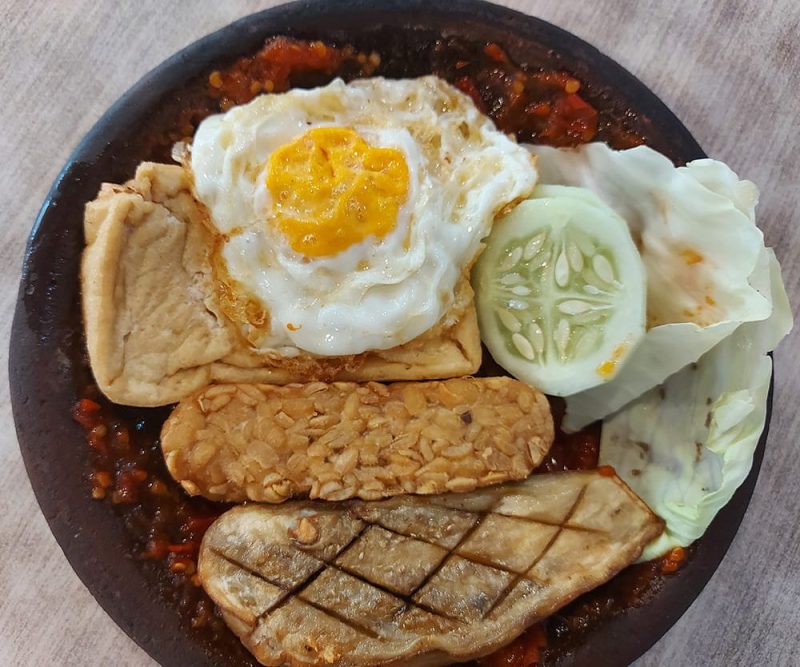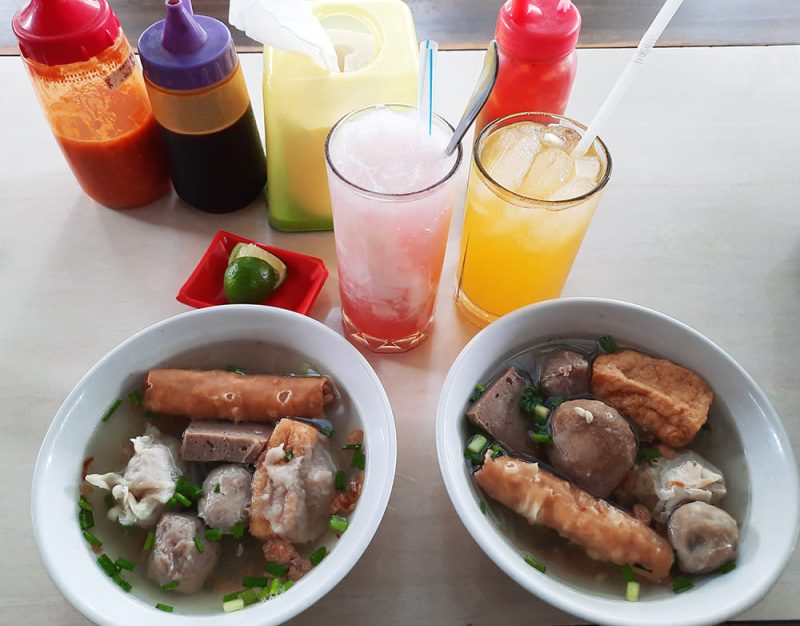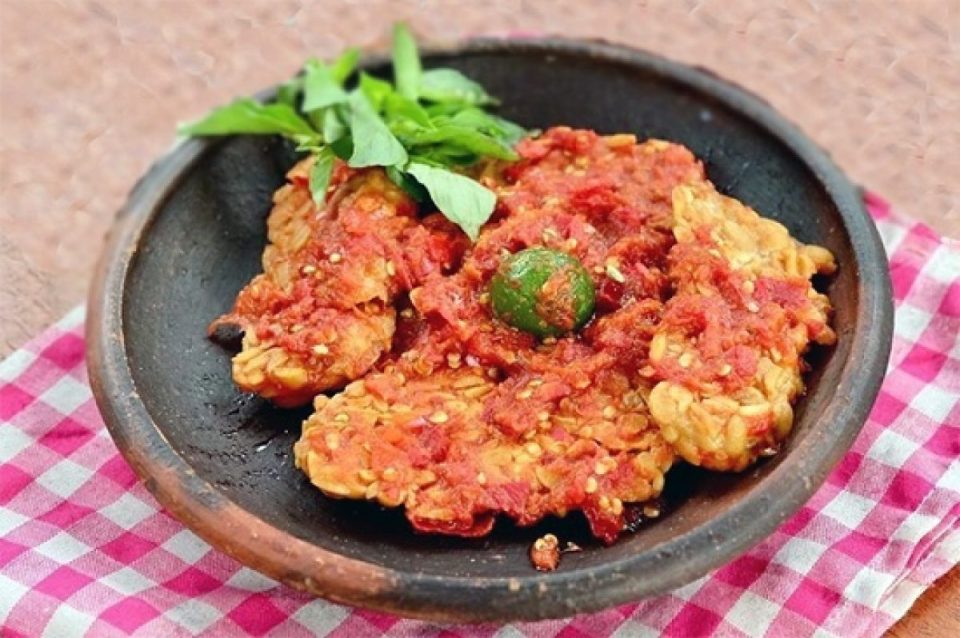Fact: No country in the world has the variety of food that Indonesia has. There are 800 languages spread over Indonesia’s 17,000 islands.
Each language represents a culture, a culture with its own special food. There are 30,000 species of spices in Indonesia! The more one thinks about it, the more amazing it is.
For those of us living in Indonesia, we have the culinary opportunity of a lifetime. But, for us expats, the picture is more complicated. For example, an American friend of mine has lived in Indonesia for 20 years and has never eaten the local food. For many, it is “too spicy”. Often, when my wife and I meet new Indonesian people, one of the first things they ask is how I like the food. “Can he eat it?” they ask. They are accustomed to Caucasians or “bules” not liking their best dishes, the food that is so much a part of their lives. It brings a lot of smiles when my wife tells them I love the food.
I want my fellow expats to also enjoy this amazing culinary culture. One needs to be a bit courageous and also patient. Do you remember the first time you drank a beer? What was that like? Not so great if I remember right. Approach Indonesian food like that. Take your time; try small portions. There is so much variety you are sure to find things you like very much. Build on that.
Sambal is a challenge. It comes in “sedang” and “pedas”, which means normal and hot. Many Javanese people like it the hotter the better. Not I, as I don’t want the heat to overwhelm the taste. But I have come to admire sambal and appreciate it fully. Sambal is made with a lot of ingredients, the most important being chilli peppers. It is a very complex and deep recipe. Some of the other ingredients are crushed garlic, shallots, lemongrass, limes, coconut oil, tamarind paste, salt, pepper, and sugar. And there is more to it, especially the fish sauce called terasi. Terasi comes from small shrimps that are dried, soaked, and mixed into a paste. It is slightly fishy which can also be daunting to those not accustomed.
Despite being a food adventurer, some of the food was difficult for me and took me time to enjoy. But like many things in Indonesia, time and experience change us. There are fancy restaurants in Surabaya and we go to them occasionally for fish or for special Chinese dishes, but my favourite food is the very simple food, penyetan. We go to Mapan or Bu Kris, or Bu Rudi often and I order the same thing: tahu atau tempe dengan telur dan sambal (tofu, tempeh, egg on top of sambal). It comes with some eggplant, cabbage, and a few long beans as well, making it balanced and healthy.
Sambal is the key and one learns that it is different everywhere, as it is made at restaurants and every restaurant has people making it in their own way. So my wife and I talk and rate the sambal at different restaurants the way wine lovers compare wines. It is that refined and important. I was not keen on sambal, to begin with. It took time. And at first, even if you are willing to try, sambal can upset your stomach. But, little by little, we can adjust and then enjoy. Terasi was also difficult for me as I didn’t like the “fishy” taste. But now I like it and respect how it influences the whole sambal experience. Don’t reject; don’t give up. Keep trying and you will find the effort well worth it.
Two other dishes of prime importance here are Bakso and Soto. Soto is basically chicken soup but Soto Madura is made with beef. There are many varieties of soto, more than I know. But we have our favourites and compare the soto we find in this warung or that warung in the same way we talk about sambal.
Bakso is a favourite of mine. It is basically meatballs but there is nothing simple about the spices used or the varieties of bakso. There are different ways to eat it and the meatballs are configured in different shapes with added layers of good things. Of course, we can add some sambal. I always want bakso with kuah. Kuah is another very important taste experience. It is a soup made with normally beef- or chicken-base, but, as you might know by now, it is different in every place. We talk about and compare the kuah! I still remember the kuah at Mie Bandung in Bali where we often ate, a very simple place but the noodles were always cooked spot on and the kuah was fabulous.
Nasi Padang, the food from Sumatra, is very famous. It is the food a lot of people think of when they think about Indonesian food, people in Europe for instance. The meal comes to you in about 20 small dishes all carried at the same time by a skilful waiter and set down for you to choose and eat what you want. It is very exotic and interesting, a thrilling dining experience.
At this point, however, when we went to Sederhana, a historic Padang restaurant in Surabaya, I know what I want and it is green chilli, rendang (slow-cooked spicy meat) and kentang (potato), and boiled pumpkin greens. Sounds simple but let’s not forget about all those spices mixed in. It is all eaten with glasses of hot tea to wash it down. Wonderful.
People in the west know very little about Indonesia – except Bali perhaps – but I am sure that will change before long. There are just too many good things here and the food is one of the most important. I sincerely think that Indonesian cuisine will be considered among the best in the world. In terms of variety, it has no competition.




